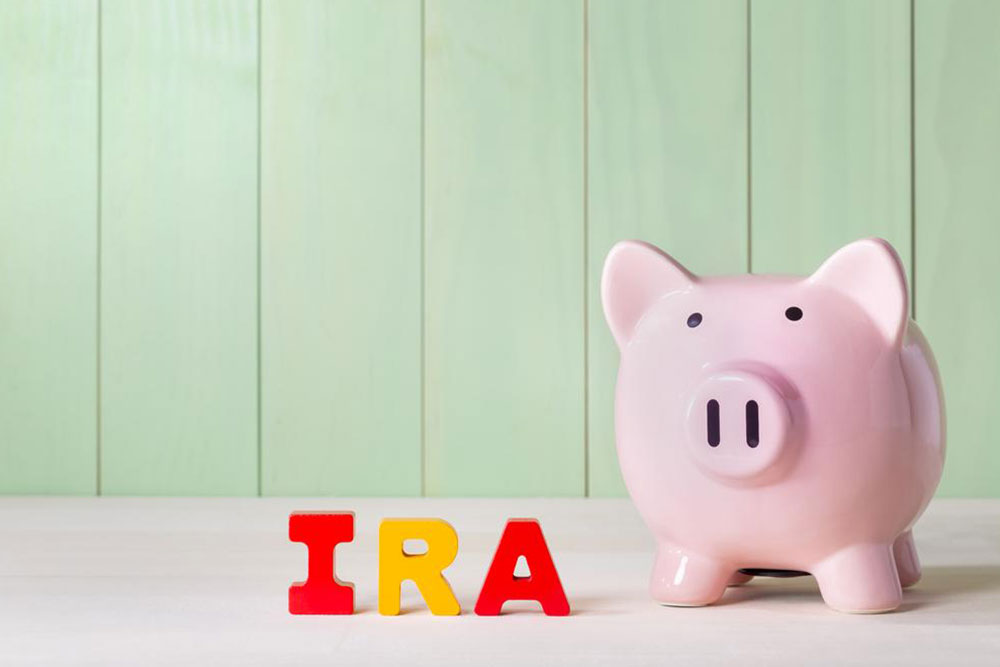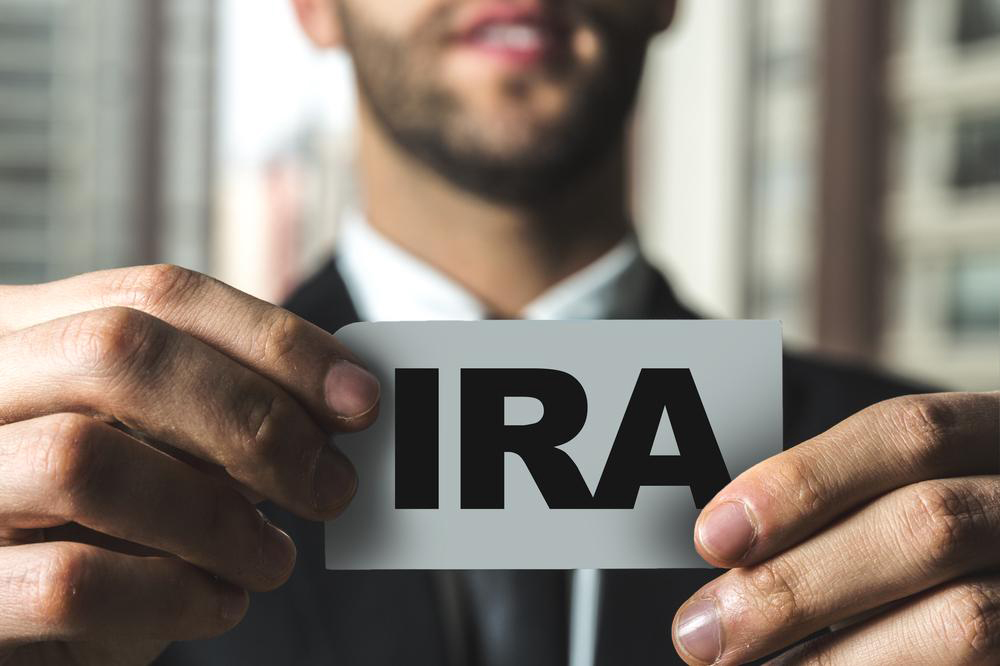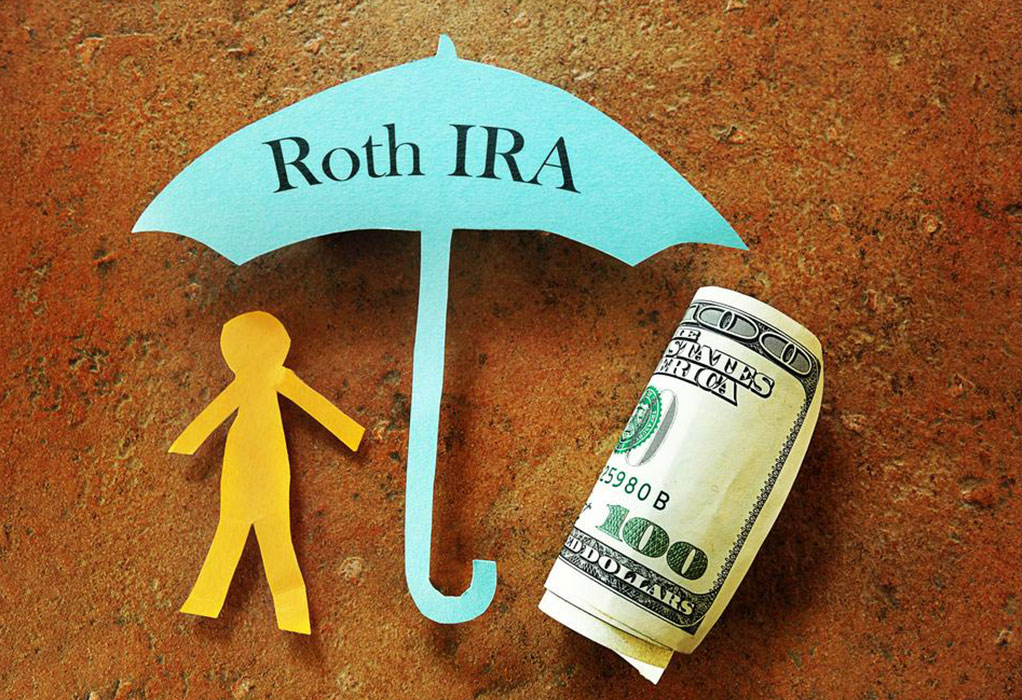Comprehensive Overview of Individual Retirement Accounts (IRAs): Your Path to Secure Retirement Savings
Learn everything about IRAs—Traditional and Roth—how they work, contribution limits, eligibility, and withdrawal rules. Discover how to maximize your retirement savings with strategic planning and tax benefits. Secure your future today with this comprehensive guide.

Comprehensive Overview of Individual Retirement Accounts (IRAs): Your Path to Secure Retirement Savings
Planning for a financially secure retirement is a goal shared by many, and one of the most effective tools available in the United States is the Individual Retirement Account (IRA). IRAs are designed to help individuals save for their future while offering compelling tax advantages that can enhance the growth of their savings over time. Understanding the different types of IRAs, their benefits, contribution limits, eligibility criteria, and withdrawal rules is essential to creating an effective retirement strategy tailored to your needs.
IRAs come in two primary varieties, each offering distinct tax benefits: the Traditional IRA and the Roth IRA. The choice between these depends largely on your current income, tax situation, and when you prefer to pay taxes—now or in the future. Both types have their pros and cons, and selecting the right one can significantly impact your retirement finances. Armed with knowledge about contribution limits, income eligibility, withdrawal rules, and related regulations, you can make informed decisions that will help secure your financial future.
Understanding the Traditional IRA
The Traditional IRA is the more established and widely used retirement account. Contributions to a Traditional IRA are often tax-deductible, meaning you can reduce your taxable income for the year in which you contribute. The money then grows tax-deferred until you withdraw it during retirement, at which point it is taxed as ordinary income. This structure can be advantageous if you are currently in a higher tax bracket and expect to be in a lower bracket after retirement. However, it's important to note that Required Minimum Distributions (RMDs) must begin at age 73, meaning you are required to start taking withdrawals and paying taxes.
Understanding the Roth IRA
The Roth IRA differs primarily in its tax treatment. Contributions are made with after-tax dollars—meaning you pay taxes upfront when you contribute. The major benefit is that qualified withdrawals during retirement are entirely tax-free, provided certain conditions are met. This makes Roth IRAs especially attractive for younger savers or those who expect to be in a higher tax bracket in retirement. Unlike Traditional IRAs, Roth IRAs do not have RMDs during the account holder's lifetime, offering more flexibility in estate planning and withdrawals.
Contribution Limits and Eligibility
Contribution limits to IRAs are set annually and tend to be lower compared to employer-sponsored plans like 401(k)s. As per the latest guidelines, individuals under 50 can contribute up to $6,500 each year, while those aged 50 and above are permitted an additional catch-up contribution, raising their limit to $7,500. It's important to note that contributions to both Traditional and Roth IRAs are combined; total contributions across both accounts must not exceed these caps.
Eligibility to contribute to a Roth IRA is determined by your modified adjusted gross income (MAGI). For instance, in recent years, eligibility phases out for singles earning above $138,000 and couples filing jointly earning above $218,000. Conversely, Traditional IRA contributions are not limited by income but may be partially deductible based on your income level and participation in an employer-sponsored plan. Consulting with a financial advisor or tax professional can help clarify your specific eligibility and optimize your retirement savings strategy.
Contributing to an IRA
Making regular contributions to your IRA can significantly increase your retirement nest egg over time. Because the contribution limits are relatively modest, establishing consistent saving habits is key. You can contribute to both Traditional and Roth IRAs in the same year, but total contributions must not surpass the annual maximum. Additionally, considering your overall financial picture—including your employment benefits and other savings—will help determine how much you should contribute regularly.
One crucial aspect is understanding the tax implications of your contributions. Traditional IRA contributions may be deductible, reducing your current taxable income, which can be beneficial if you're in a higher tax bracket. Roth IRA contributions are made with taxed income, but your qualified withdrawals during retirement are tax-free. Planning your contributions around your current and expected future income can maximize your tax advantages.
Withdrawals and Penalty Rules
Withdrawing funds from your IRA before reaching age 59½ typically results in a 10% early withdrawal penalty alongside owed income taxes, decreasing the overall growth of your retirement savings. However, there are exceptions that might allow penalty-free early withdrawals, such as in cases of disability, qualified medical expenses, higher education costs, or a first-time home purchase (up to $10,000). It’s important to plan ahead and understand these rules to avoid unnecessary penalties and preserve your savings.
Additionally, IRAs do not permit loans against the funds, unlike some other retirement accounts like 401(k)s. Careful planning ensures you maximize your retirement benefits, avoid penalties, and adhere to IRS regulations. Consulting with financial professionals can provide personalized strategies that align with your retirement goals and current financial situation.
In summary, IRAs are vital tools for retirement planning, offering flexibility, tax advantages, and the potential for significant growth. Whether you choose a Traditional IRA or a Roth IRA depends on your current earnings, tax bracket, and retirement plans. By understanding contribution limits, eligibility requirements, and withdrawal rules, you can create a tailored strategy that boosts your retirement savings and ensures financial stability in your later years. Start early, contribute regularly, and stay informed to make the most of these powerful investment tools and secure your future.





